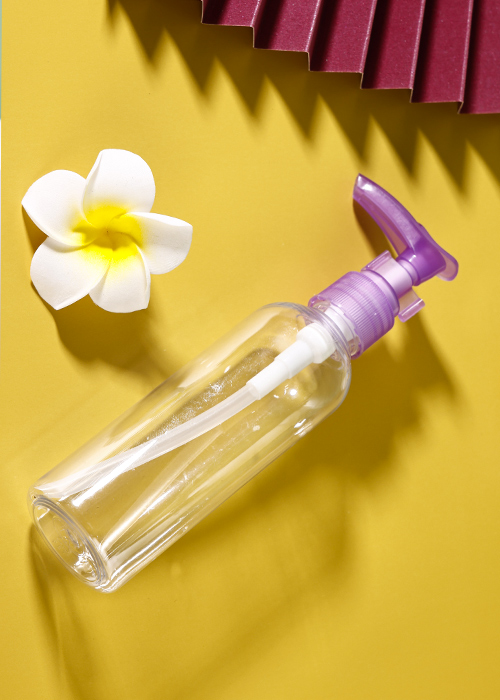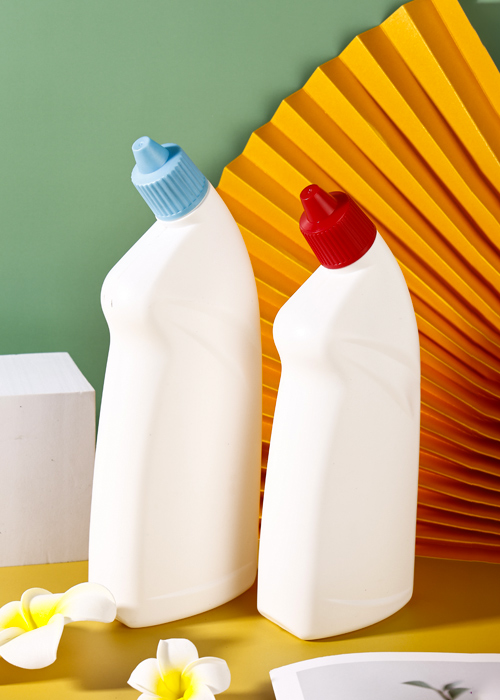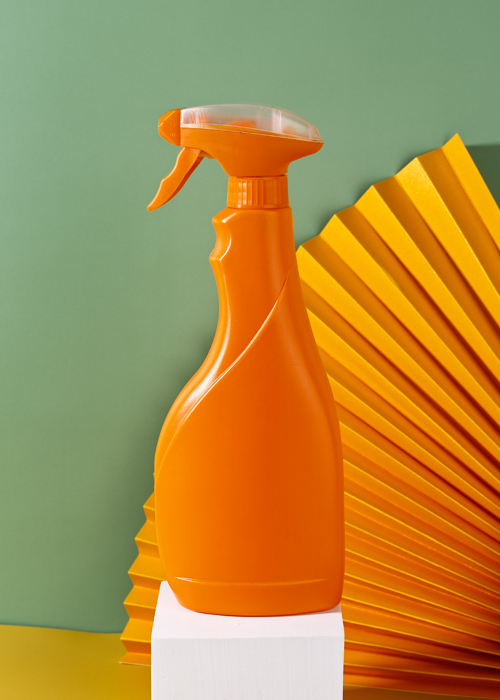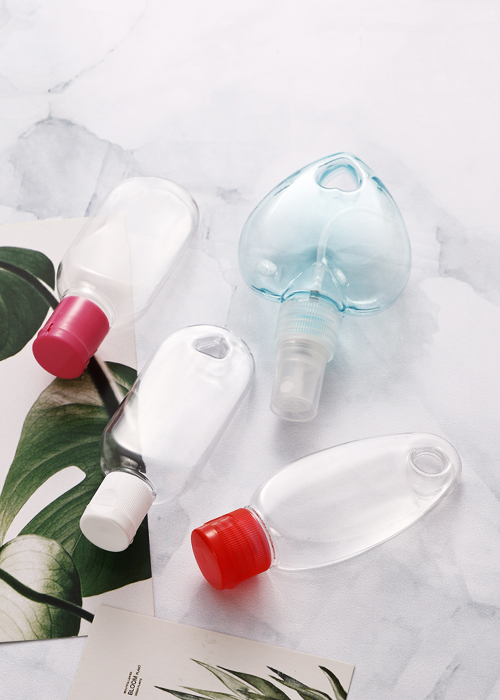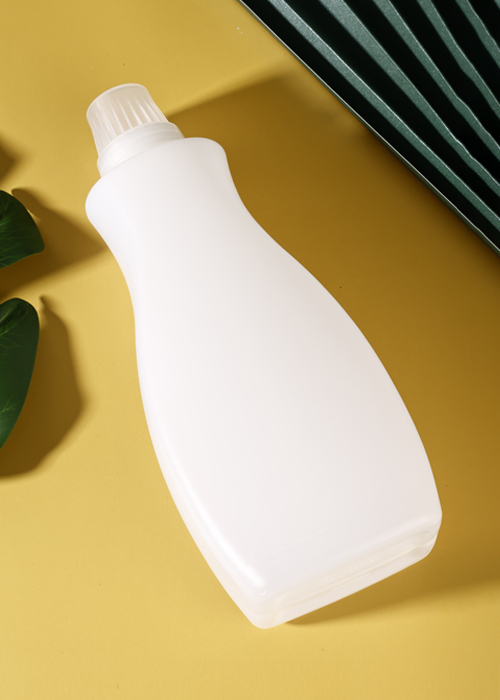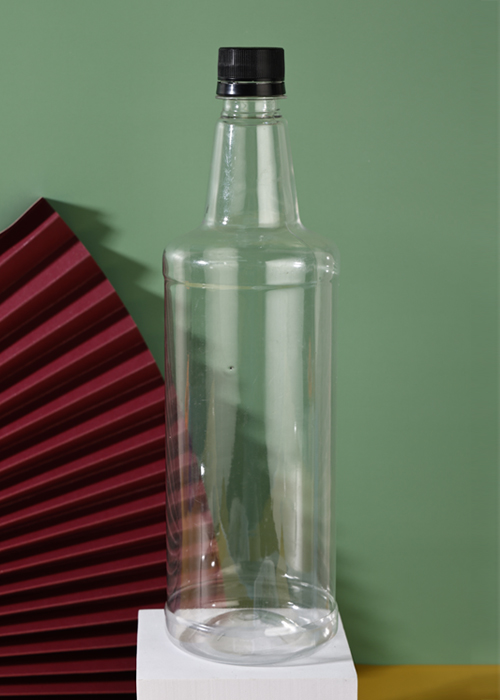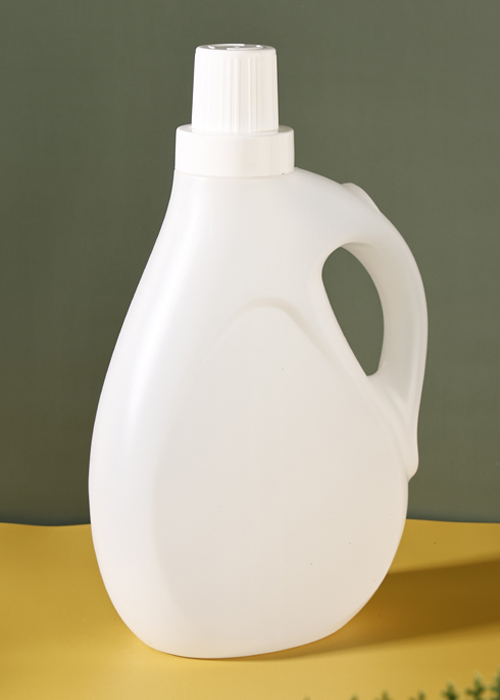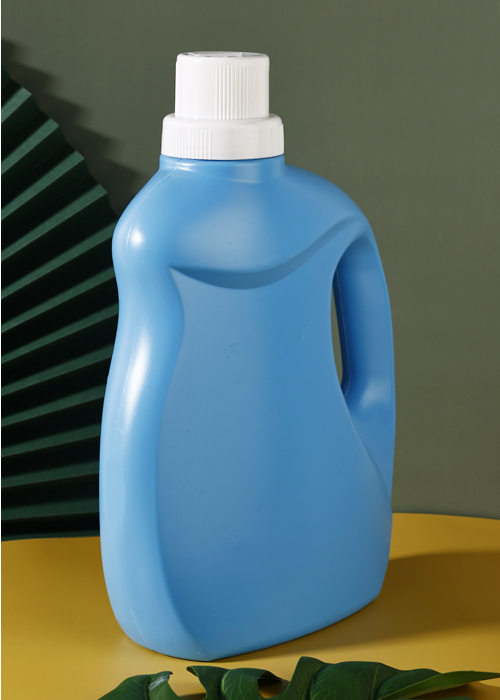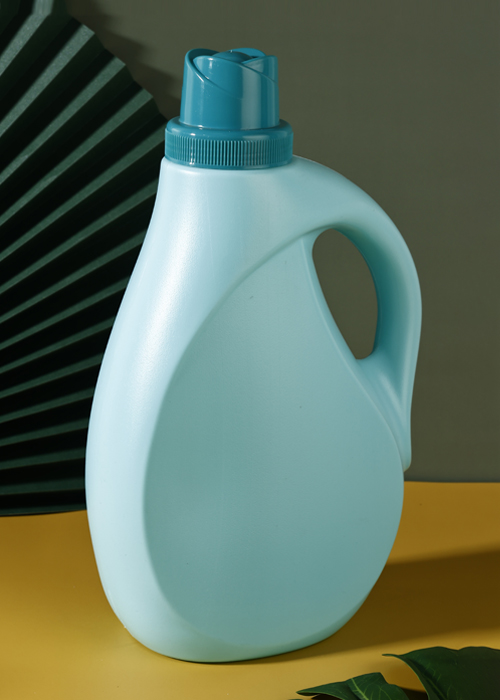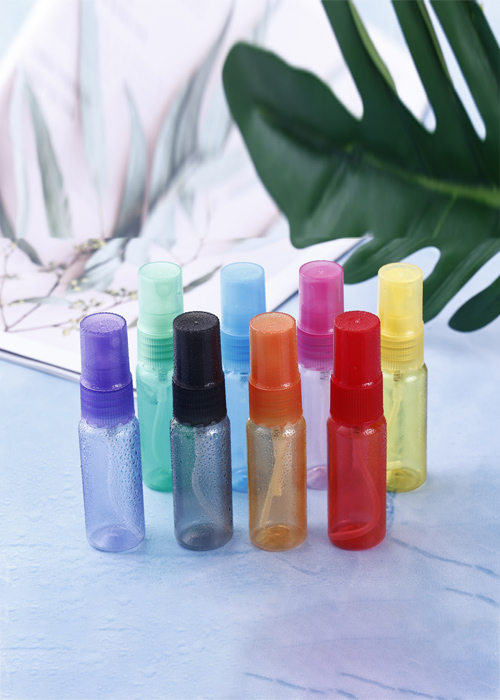The raw materials used by each packaging manufacturer in the production of plastic bottles for medicinal purposes need to meet the requirements of relevant medical and health departments. The common plastic varieties used for plastic bottles for medicinal purposes include polyethylene (PE), polypropylene (PP), polystyrene (PS), polyester (PET), etc.
Raw materials of medical plastic bottles:
Polyethylene (PE) is non-corrosive and can be chlorinated. Polyethylene is divided into high density (HDPE), low density (LDPE) and linear low density (LLDPE). HDPE has high melting point, hardness and strength, low water absorption, good processability and radiation resistance, and is often used to produce plastic bottles for tablets; LDPE has good flexibility, elongation and impact strength, and can be used for plastic bottles of eye drops; LLDPE has high impact strength, fatigue resistance and abrasion resistance, and is rarely used in pharmaceutical packaging.
Polypropylene (PP) has low density, and its strength, hardness and heat resistance are better than those of high-density polyethylene. However, it becomes brittle at low temperature, is not wear-resistant, and is easy to age. However, corresponding additives can be added for modification, which can reach the performance level of HDPE after modification.
Polystyrene (PS) is colorless and transparent, with light transmittance second only to plexiglass, good colorability, water resistance, chemical stability and general strength. However, PS is brittle, prone to stress cracking, and not resistant to organic solvents such as benzene and gasoline, so it is rarely used in the field of pharmaceutical packaging. However, after modification, the impact resistance of the material can be greatly improved.
As a drug packaging container, PET has many advantages. First of all, PET bottles are light and firm, and their strength and elasticity are significantly higher than those made of other plastic materials. PET bottles have good performance in blocking water vapor and oxygen in common plastics; PET bottles have good chemical resistance and can be used for packaging all articles except strong alkali and some organic solvents. They are suitable for making medicine packaging bottles with thin wall, light weight and high strength. Therefore, PET bottles have the trend to replace traditional glass bottles.

 中文简体
中文简体 English
English عربى
عربى русский
русский